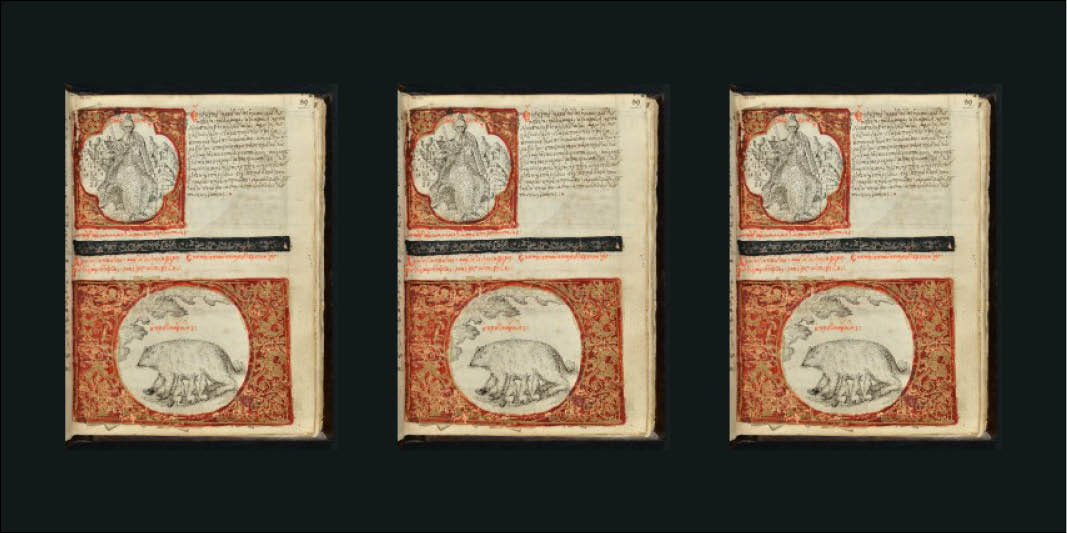
The medium and genre of the Codex of Georgios Klontzas Professor Benjamin Anderson, Cornell University
Event details
York History of Art Research Seminars
The Codex of Georgios Klontzas (Biblioteca Nazionale Marciana, Marc. Gr. VII, 21) is a leather- bound volume containing 217 paper folios. Multiple hands copied the Greek texts and executed the drawings, of which there are over 400 hundred. A signature at the conclusion claims the whole as the work of the Cretan painter Georgios Klontzas, while at least one drawing may be dated to ca. 1592.
Klontzas was renowned as a painter of icons, but his codex is more difficult to classify. The seventh-century Apocalypse of Pseudo-Methodius provides the textual frame, beginning with the Expulsion from the Garden and concluding with the Last Judgment; which is however expanded through introduction of extensive Biblical and prophetic texts and Byzantine and Ottoman history. The drawings refer less to medieval traditions of icon painting than to contemporary (Venetian, Flemish, etc.) engravings, emblem books, and oracular images.
Is the codex historical, devotional, or prophetic? Is it a Byzantine miscellany grown Baroque, or the fantasy of a printed volume that no printer would ever underwrite? Close analysis of individual pages will cause us to pose these questions differently. The Codex of Georgios Klontzas does not conflate multiple categories of medium and genre. Rather, Klontzas knowingly situates a distinctive historical subjectivity within an early modern media ecology. Join Professor Benjamin Anderson of Cornell University.